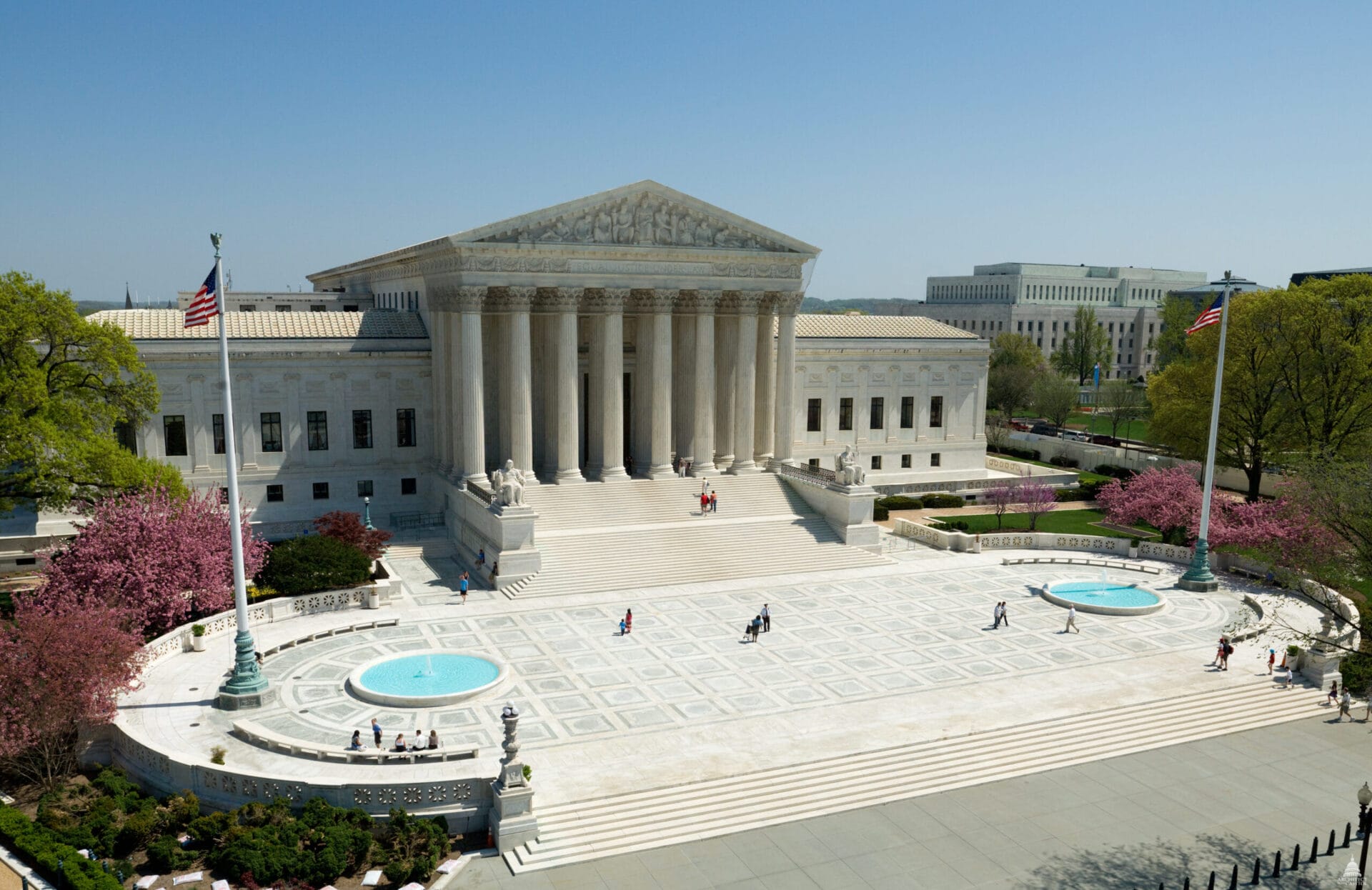How did patenting cause conflicts within the Human Genome Project?

Despite the collaborative nature of the Human Genome Project, it was not without its conflicts and disagreements, including some scientists trying to patent sections of the DNA sequence for their own financial gain.
Key terms
Genome
The complete set of genetic instructions required to build and maintain an organism.
Genetic testing
A type of test used to identify changes in DNA, chromosomes or protein production, which might be linked to a medical condition.
Patent
A type of intellectual property that gives the holder sole rights to make or use a product or idea.
Central to the Human Genome Project’s success was worldwide collaboration.
But as the project progressed, it wasn’t without its conflicts and disagreements, with some scientists displaying differing ideas that threatened the progress of the project. Many were keen to achieve the scientific recognition of making an important discovery, while also wanting to accommodate the needs of their corporate partners and make money.
Patenting was one way that individuals could make commercial profit from the Human Genome Project. Through patenting, companies could gain ownership over specific sequences of DNA or genes. This meant the company would have full rights over that sequence – allowing them to decide who can carry out research on it, how much to charge access to it and how much to charge individuals wanting to be tested for those genes.

Some scientists and companies involved in the Human Genome Project tried to patent sections of the DNA sequence for financial gain.
Myriad Genetics patented two genes associated with breast cancer
One significant example was when molecular diagnostic company Myriad Genetics, in Utah, US, patented the two genes associated with breast cancer: BRCA1 and BRCA2. BRCA2 was originally discovered by Mike Stratton’s team in London, UK, in collaboration with Mark Skolnick and his team at the University of Utah.
Skolnick went on to start a private company, Myriad Genetics, who filed for a patent on the BRCA2 gene in 1998. This put a restriction on any other scientists or clinicians having access to the gene or testing for that gene.
Myriad Genetics hoped to use the rights from the patent to exploit the gene for financial purposes. Their patent on the BRCA2 gene means testing for the gene was expensive (more than $3,000 per patient) and requires a lot of ‘hoop-jumping’.
You might remember the BRCA2 gene being in the news in the 2010s when Angelina Jolie was told she had a mutated version of the gene and had an 80% chance of developing breast cancer. The test that gave her this information was carried out by Myriad Genetics.

The BRCA2 gene became well-known when Angelina Jolie was told she carried a mutated version and had an 80% chance of developing breast cancer.
Patenting conflicted with the Human Genome Project’s collaborative ethos
Patenting altered the mood of the Human Genome Project. Scientists working to map human genes either secured patents on them, or were constantly looking over their shoulder, concerned that someone else would.
Another conflict resulted in James Watson leaving his position as Director of the Human Genome Project in 1992. On the one hand, James was extremely concerned that patenting sections of DNA before anyone knew what their functions were could undermine the international collaborations that he saw as fundamental to the success of the Human Genome Project.
On the other hand, the scientists who were keen to patent the DNA sequences believed that without patents, potential licensees from US industry would have no interest in pursuing commercial development of the discoveries made.
Feeling that there was no way to resolve the disagreement without substantial conflict, James Watson decided to resign from his position in 1992 and pass the role on to Francis Collins.
These arguments continued throughout the project and beyond. It was only in 2013 that the US Supreme Court put a stop to patenting of the human genome on the grounds that human DNA is a ‘product of nature’.
This decision invalidated patents held by Myriad Genetics on two genes linked to breast and ovarian cancer risk.
